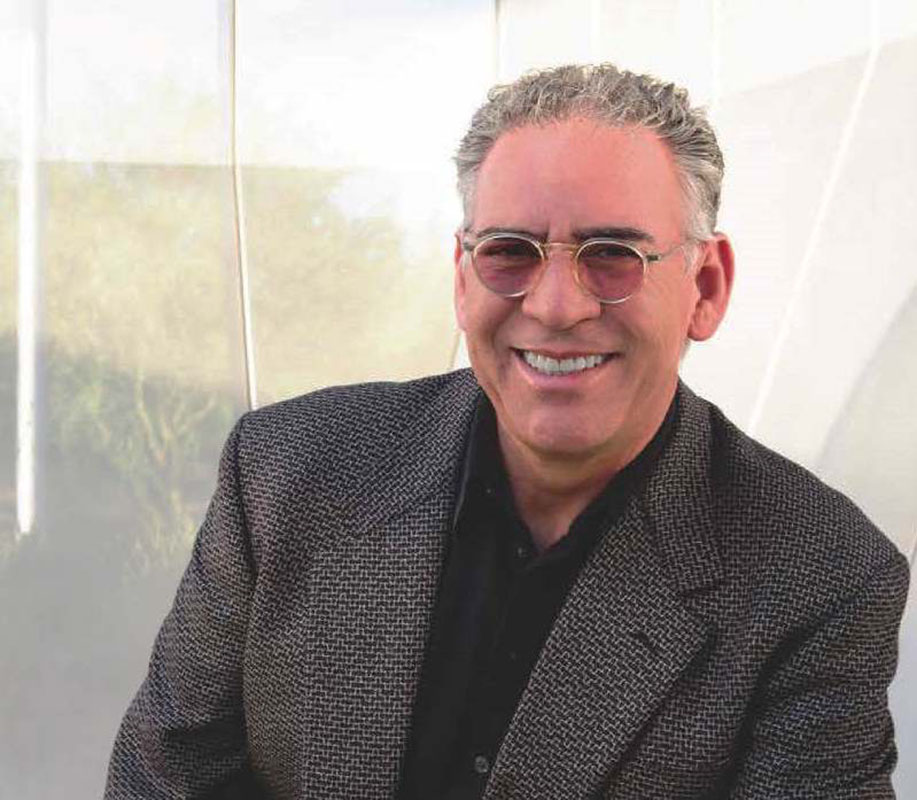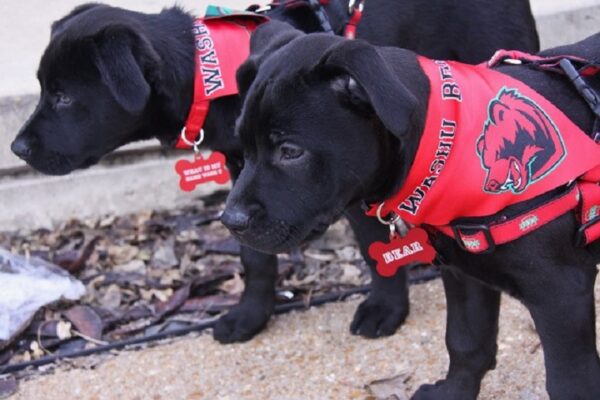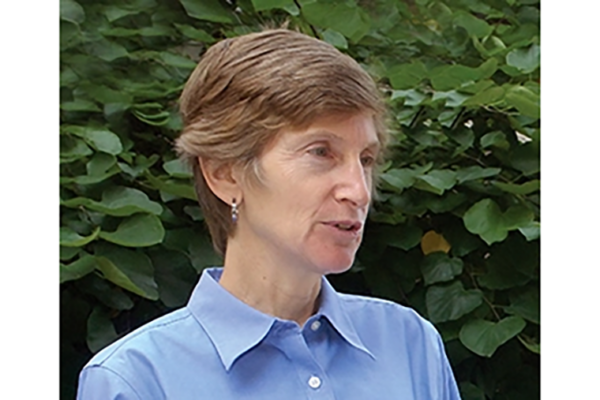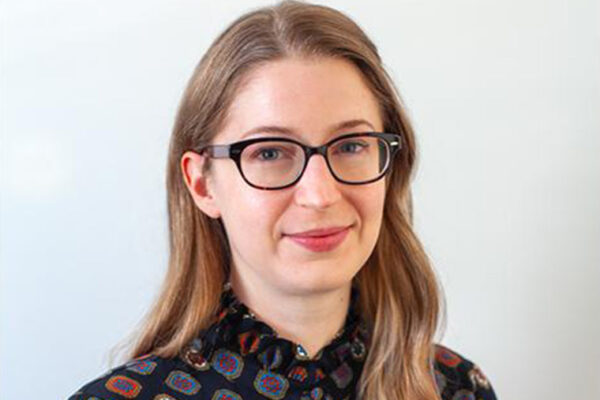
Ed Soltero has been appointed assistant vice chancellor and university architect for Facilities Planning & Management at Washington University in St. Louis, announced Shantay Bolton, executive vice chancellor for administration and chief administrative officer. In his position, Soltero will lead the planning and design team and manage initiatives for long-term campus planning, collaborate with the university’s capital projects team and provide leadership as the university works to reach infrastructure-related sustainability goals. His appointment begins April 1.
Soltero joins WashU from Arizona State University, where he served as assistant vice president and university architect for the Office of the University Architect for 11 years, after previously having worked at the University of Texas at El Paso. In all, Soltero brings more than 37 years of experience to WashU. He led construction and design projects, prepared three campus master plan updates and was involved in Arizona State’s comprehensive infrastructure renewal initiative. Soltero also has experience in health care and hospital design, real estate transactions and facilities operations.
Soltero earned a bachelor’s degree in architecture design from the University of Houston; master’s degrees from the University of Texas at El Paso and the NewSchool of Architecture and Design; and a doctorate in environmental design from Arizona State University. Soltero is a fellow of the American Institute of Architects and earned a LEED AP BD+C credential. Leadership in Energy and Environmental Design (LEED) encourages sustainability throughout the design and construction process; dozens of WashU spaces are LEED certified, with eight earning the highest level, platinum.
“Ed has a record of sustainable and creative architecture design, leading large complex projects across various industries,” Bolton said. “As a practitioner and educator, Ed’s leadership will be invaluable to ensuring we continue to make a meaningful impact on how students and the campus community experience our physical assets, both now and well into the future.”


